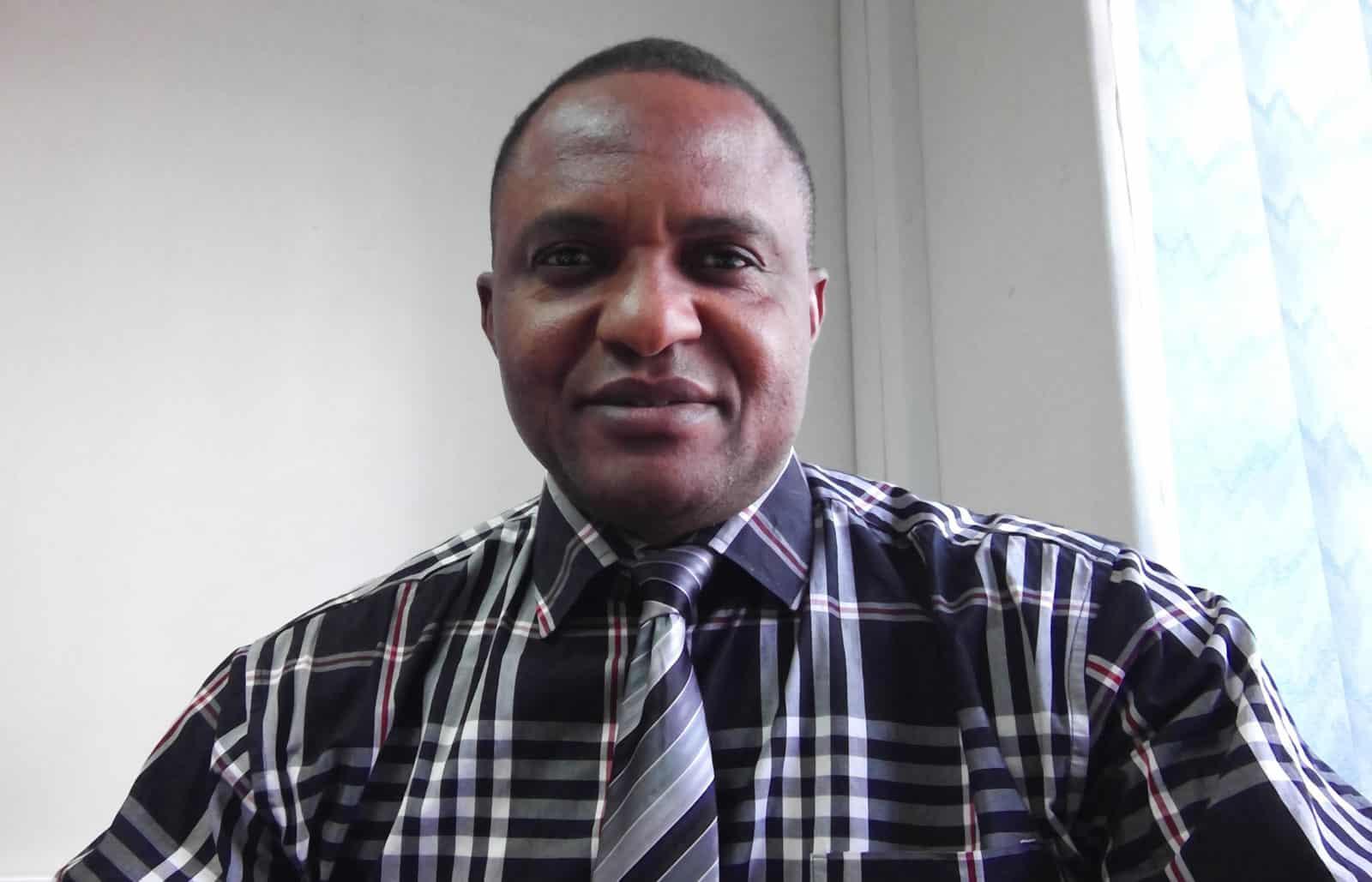Presenters
On May 2, 2018, the HIV Coverage, Quality, and Impact Network hosted a discussion of three case studies on DSD models for urban populations

Michael Odo, MBBCH, MSc, MPH, is the technical advisor for HIV care and treatment for the Department of HIV/AIDS, at the Malawi Ministry of Health.
Dr. Odo presented on Drop-in Centers, a DSD model to accommodate the social challenges that female sex workers face when accessing prevention, care, treatment, and support services. The drop-in center model aims to reduce disease transmission and increase retention in care.e individuals on ARVs from the same community.
Group members meet at the health facility during off-hours every 2-3 months. Each receives a symptom screen, a 2-3-months’ supply of ARVs, adherence counseling, and support. Each member must have a full clinic visit every six months while they continue to collect medication.

Phil Roberts, MBA, is the CCMDD project lead at Last Mile in South Africa. Mr. Roberts presented on the shipping container solution for chronic medicine pick up points, a turn-key, self-sufficient model that is easily adapted to urban areas with challenges such as high patient volumes and limited building space.

Mpande Mukumbwa-Mwenechanya, BPharm, MClinPharm, is the manager for the community ART for retention study at the Centre for Infectious Diseases Research in Zambia (CIDRZ). Ms. Mpande presented on the urban adherence group (UAG), a group of 30 stable HIV-positive individuals on ARVs from the same community.
Group members meet at the health facility during off-hours every 2-3 months. Each receives a symptom screen, a 2-3-months’ supply of ARVs, adherence counseling, and support. Each member must have a full clinic visit every six months while they continue to collect medication.

